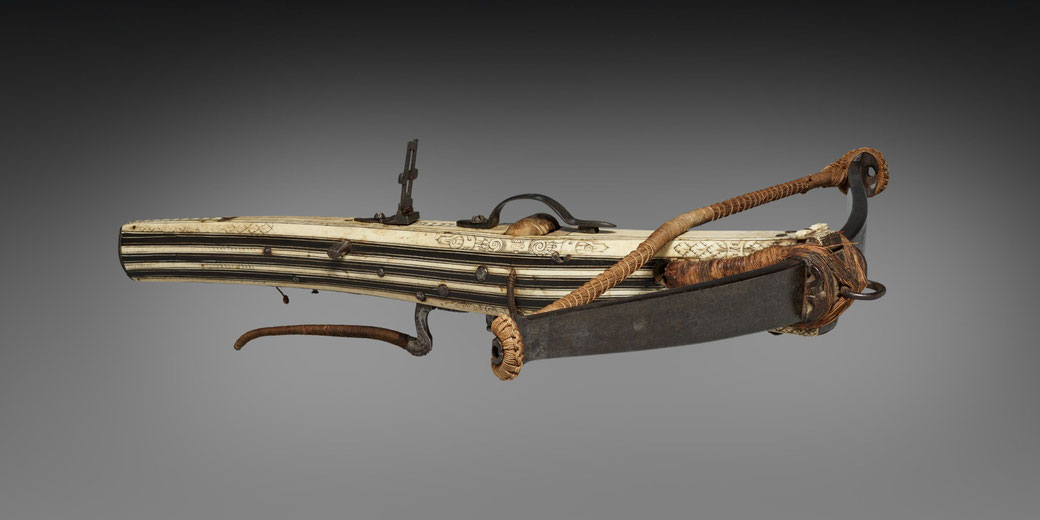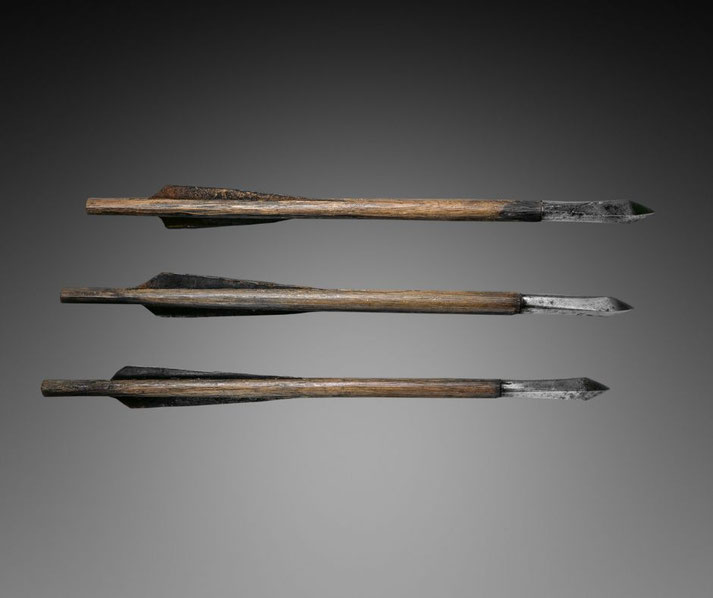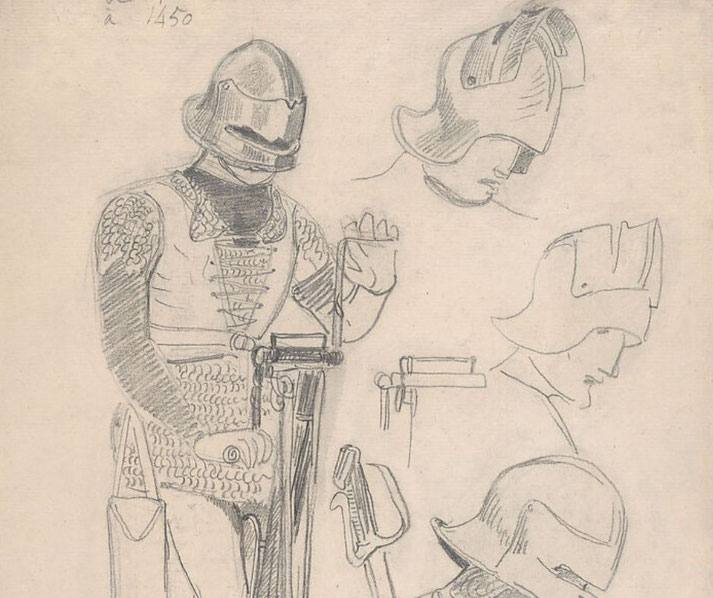How lethal were medieval crossbows?

Throughout the Middle Ages, the crossbow was one of the most deadly weapons on the battlefield. It allowed relatively untrained soldiers to pierce the armour of elite knights with minimal effort.
With its mechanical power and ease of use, the crossbow challenged long-standing assumptions about military skill within the framework of chivalric social order.
Monarchs and military commanders across Europe adopted it for its devastating force, while critics condemned its use as dishonourable and ungodly.
The development of the crossbow
Although it became widely used in medieval Europe, the crossbow’s beginnings lay in earlier civilisations.
Ancient China developed early versions of the weapon by the 5th century BC, and by the time of the Warring States period, entire units of Chinese crossbowmen operated on the battlefield.
The Qin dynasty later standardised their production, issuing them to infantry with replaceable parts for battlefield repairs.
In the Mediterranean world, Greek engineers during the 4th century BC constructed gastraphetes, which combined bow mechanics with a stock to rest against the body.
The Romans knew of such weapons, and authors like Vegetius described torsion-based artillery for siege warfare instead, without mentioning crossbows or gastraphetes specifically.
In Western Europe, the crossbow began to appear more frequently after the 10th century.
By the time of the Norman invasion of England in 1066, some later sources have speculated that Norman soldiers may have used primitive crossbows, though contemporary accounts do not confirm this with certainty.
Over the following centuries, the crossbow became a standard infantry weapon across Europe.
Improvements in materials, particularly steel bow arms and more reliable trigger mechanisms, increased their power and range.
Cities such as Genoa and Milan became major centres of crossbow manufacture, and crossbow associations and civic militias formed in places like Flanders and Italy, producing skilled marksmen and standardised designs for urban militias and standing armies alike.

How medieval crossbows worked
To fire a crossbow, a soldier first had to span the weapon, which meant drawing the bowstring back until it hooked onto the catch.
Early models relied on hand-spanning, but stronger crossbows required a belt hook or a mechanical aid known as a 'goat’s foot' lever.
By the 13th century, the windlass and cranequin allowed even greater tension to be applied, enabling the shooter to load heavy crossbows with steel laths.
Once loaded, the crossbow held its tension without further effort from the archer, giving the user time to aim with more precision.
The shaft used in a crossbow, called a bolt or quarrel, was shorter and heavier than a standard arrow.
This design focused force into a small, armour-piercing missile. Bolt heads were often made for the target and used broadheads for unarmoured foes and bodkin points to pierce mail or plate.
Upon release, the trigger mechanism, often a rotating nut, would release the bowstring, which hurled the bolt forward with immense power.
Some late-medieval crossbows had draw weights over 1,000 pounds, which gave them enough strength to pierce chainmail and, in some cases, plate armour at close range.
These powerful models could deliver bolts with kinetic energy over 400 joules, which modern researchers say is about the same as a modern handgun.
The flat path and short flight time of the bolt increased its accuracy in siege or defence situations.
Surviving examples, such as a 15th-century steel crossbow housed in the Royal Armouries Museum in Leeds, attest to the sophistication of their construction.
How effective were crossbows in combat?
Crossbows changed medieval combat by enabling infantry to kill knights and men-at-arms with limited training.
Unlike longbows, which required years of physical conditioning, crossbows could be operated by professional mercenaries or local soldiers after minimal instruction.
During sieges, crossbowmen played a key role in defending battlements or targeting engineers and sappers at close range.
In field battles, they stood in lines behind large shields set in the ground, so they could reload safely.
The mental effect of the crossbow also added to its effectiveness. Knights who once charged confidently into battle now faced the possibility of sudden death from a silent, unseen bolt.
Cavalry lost its usual advantage when crossbowmen, deployed in sufficient numbers and with protection, stopped charges and created confusion. Even heavily armoured men-at-arms could not guarantee survival.
Commanders came to rely on crossbowmen to hold strategic points, deal with distant threats, and break enemy lines through steady, disciplined volleys.
Records from the Crusades say that Muslim cavalry, not used to the distance and power of crossbows, often found them unsettling on the battlefield.
Their expert training and fairly high cost also made them valuable mercenaries, especially in northern Italy and the Holy Roman Empire.

Longbow or crossbow: which was better?
In military discussions of the period, comparisons between the longbow and the crossbow often focused on rate of fire and ability to pierce armour.
The English longbow, made famous during the Hundred Years’ War, could shoot more quickly, up to 10 to 12 arrows per minute by experienced soldiers, compared to the much slower crossbow.
However, the crossbow required less physical strength and skill, which made it more useful for armies without a longbow tradition or with little time to train.
Longbows generally had a greater range and flatter flight path, which suited mobile field battles like those at Crécy and Agincourt.
Crossbows, on the other hand, excelled in sieges and defensive warfare. They could be fired from behind defensive walls, through narrow arrow slits, and from elevated positions with accurate shots.
Longbows were cheaper to produce in great numbers, but crossbows proved easier to maintain over time.
For much of the Middle Ages, the longbow and crossbow existed together, each suited to different military strategies.
Wealthier states often used both, because they adjusted their tactics to suit the terrain and supply lines and because they used all available soldiers.
Famous battles in which crossbows were used
As mentioned above, the Battle of Hastings in 1066, Norman forces under William the Conqueror may included a small number of crossbowmen.
If so, it would have been one of the earliest known uses of the weapon in northern Europe. However, they did not play an important role in the battle.
By the 12th century, crossbowmen had become central to military campaigns across Europe.
One important example occurred at the Battle of Montgisard in 1177, where crossbowmen in the Crusader army helped defeat a much larger Ayyubid force.
During the 13th and 14th centuries, Genoese mercenaries, who were equipped with crossbows, fought in numerous battles for various European powers, including at Crécy in 1346.
At that engagement, French reliance on Genoese crossbowmen backfired when they were sent forward without their protective pavises and were quickly cut down by English longbowmen.
The wet weather had made their bowstrings less effective. The result demonstrated the need to support crossbowmen with proper tactics and equipment.
Crossbows also saw use during the Siege of Jerusalem in 1099, where Crusaders employed them to support assaults on the walls and provide covering fire for troops who were advancing, though most accounts emphasise the more important use of siege towers and massed attacks.
Why the Catholic Church tried to ban crossbows
The Catholic Church viewed the crossbow as a weapon that disrupted traditional military ethics.
At the Second Lateran Council in 1139, Pope Innocent II declared that crossbows should be banned for use against Christians.
The decree stated that "the deadly art, hated by God, of crossbowmen and archers" should not be used among Christian nations.
The Church allowed their use against non-Christian foes and condemned their use in wars between Christian states.
The decree cited the unnatural and dishonourable way in which the crossbow allowed low-born soldiers to kill noble knights.
However, the decree lacked enforcement across all regions and it reflected growing concern with the changing nature of warfare.
Papal bans did little to slow their adoption. Kings and military commanders valued effectiveness over chivalric ideals, and crossbows continued to appear in nearly every major conflict from the 12th to the 15th century.
Later papal concerns about gunpowder weapons showed similar worries, highlighting the lasting conflict between military innovation and religious authority.
By the end of the Middle Ages, improvements in gunpowder weapons began to take over the role crossbows once filled, but for centuries, they were one of the deadliest tools of war available to European armies.
What do you need help with?
Download ready-to-use digital learning resources
Copyright © History Skills 2014-2025.
Contact via email
With the exception of links to external sites, some historical sources and extracts from specific publications, all content on this website is copyrighted by History Skills. This content may not be copied, republished or redistributed without written permission from the website creator. Please use the Contact page to obtain relevant permission.





